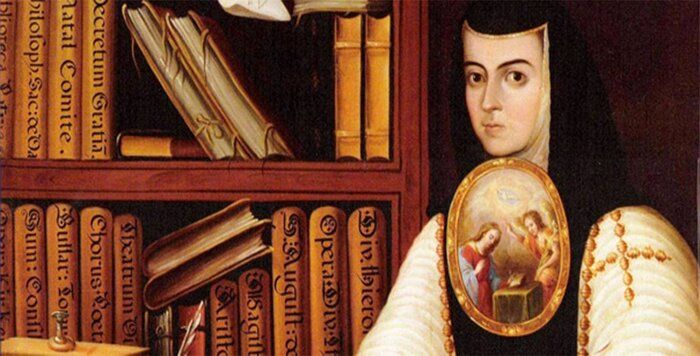The succinct life of Mexican writer Sor Juana Inés de la Cruz, who was taken away by an epidemic
Sor Juana Inés de la Cruz was born on November 12, 1651, in San Miguel de Nepantla, State of Mexico, and was one of the most outstanding literary figures of Mexico.





